PDF-WHAT IS WHISKEY:
Author : sherrill-nordquist | Published Date : 2016-08-24
a type of distilled alcoholic beverage made from fermented grain mash xF0B7 Different grains are used including barley malted barley rye malted rye wheat and corn
Presentation Embed Code
Download Presentation
Download Presentation The PPT/PDF document "WHAT IS WHISKEY:" is the property of its rightful owner. Permission is granted to download and print the materials on this website for personal, non-commercial use only, and to display it on your personal computer provided you do not modify the materials and that you retain all copyright notices contained in the materials. By downloading content from our website, you accept the terms of this agreement.
WHAT IS WHISKEY:: Transcript
Download Rules Of Document
"WHAT IS WHISKEY:"The content belongs to its owner. You may download and print it for personal use, without modification, and keep all copyright notices. By downloading, you agree to these terms.
Related Documents

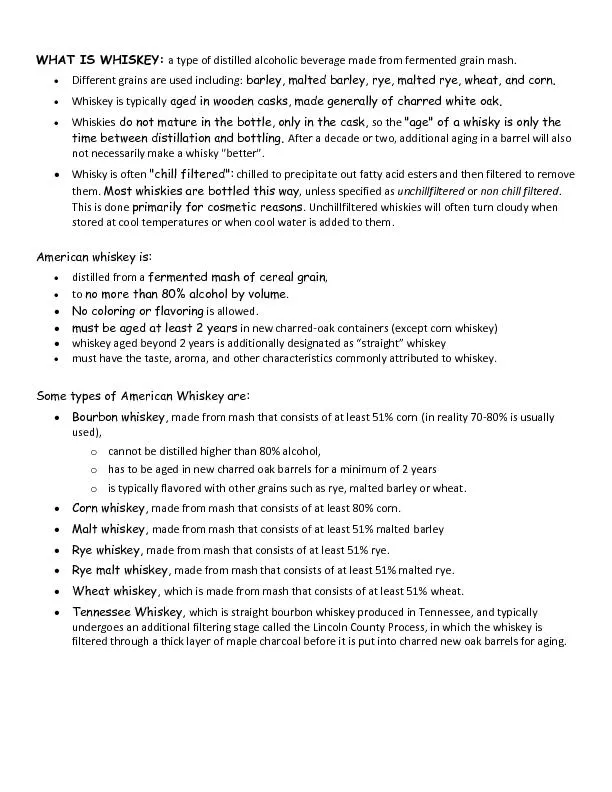
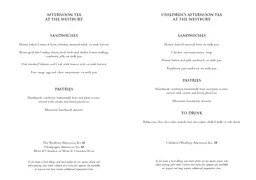

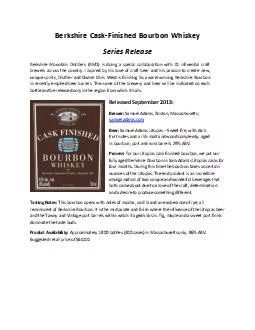
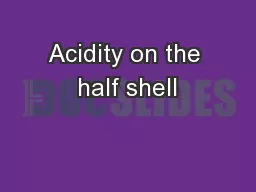

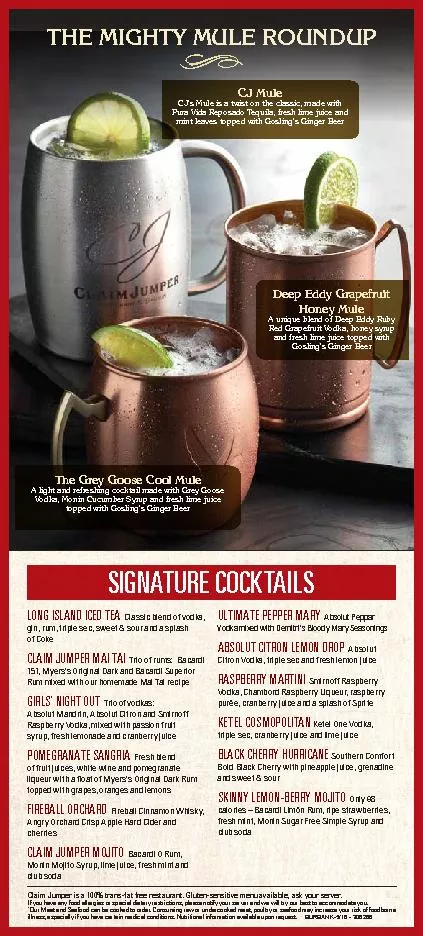

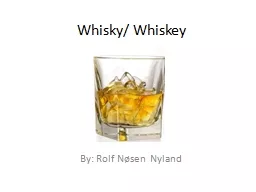
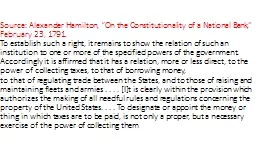


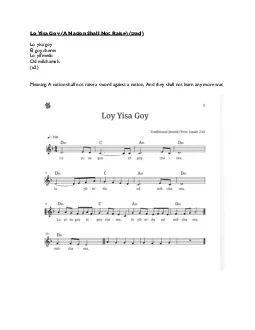
![[EBOOK] - The Curious Bartender\'s Whiskey Road Trip: A coast to coast tour of the most](https://thumbs.docslides.com/891858/ebook-the-curious-bartender-s-whiskey-road-trip-a-coast-to-coast-tour-of-the-most-exciting-whiskey-distilleries-in-the-us-from-6156d1e0164a2.jpg)